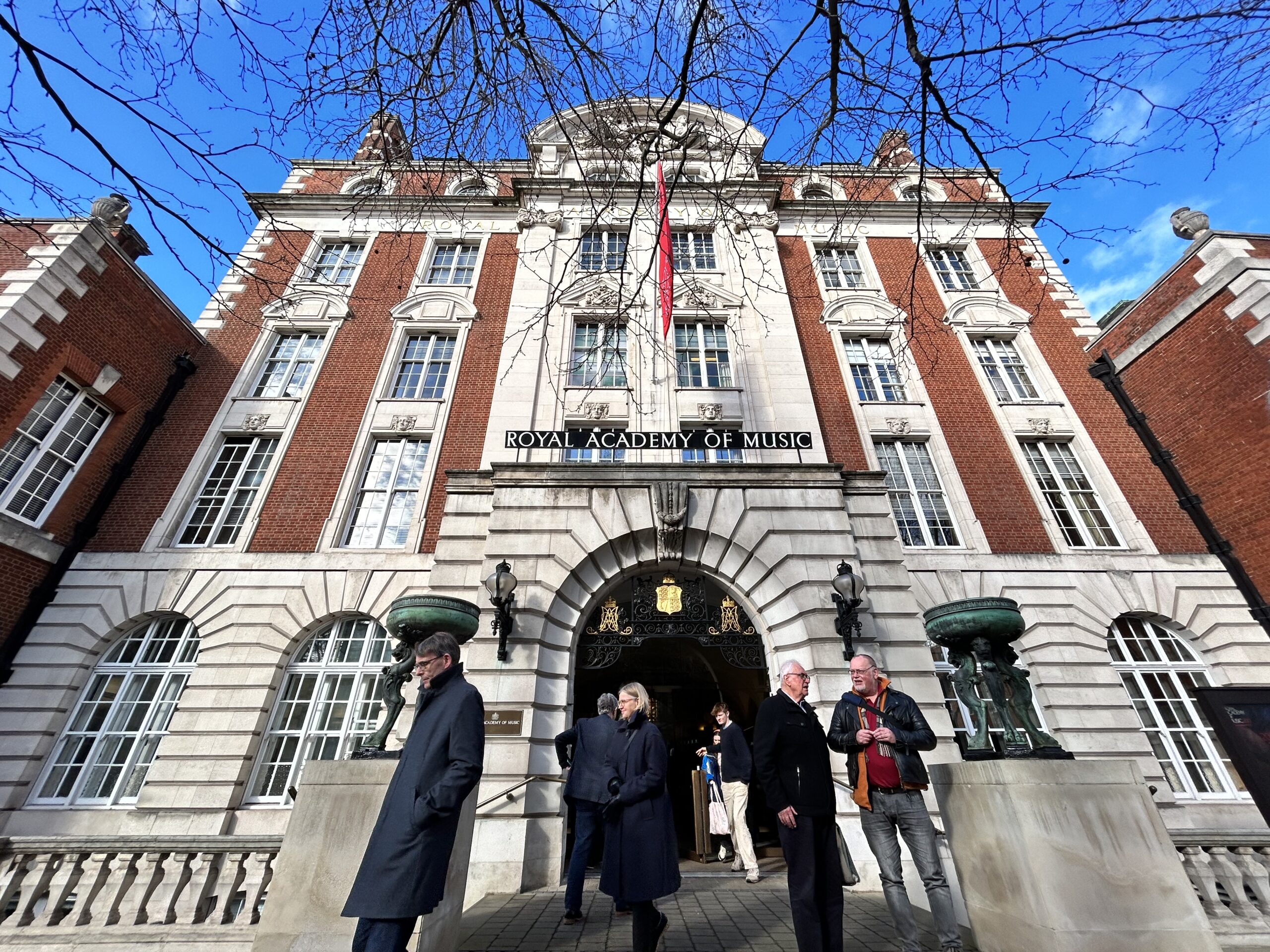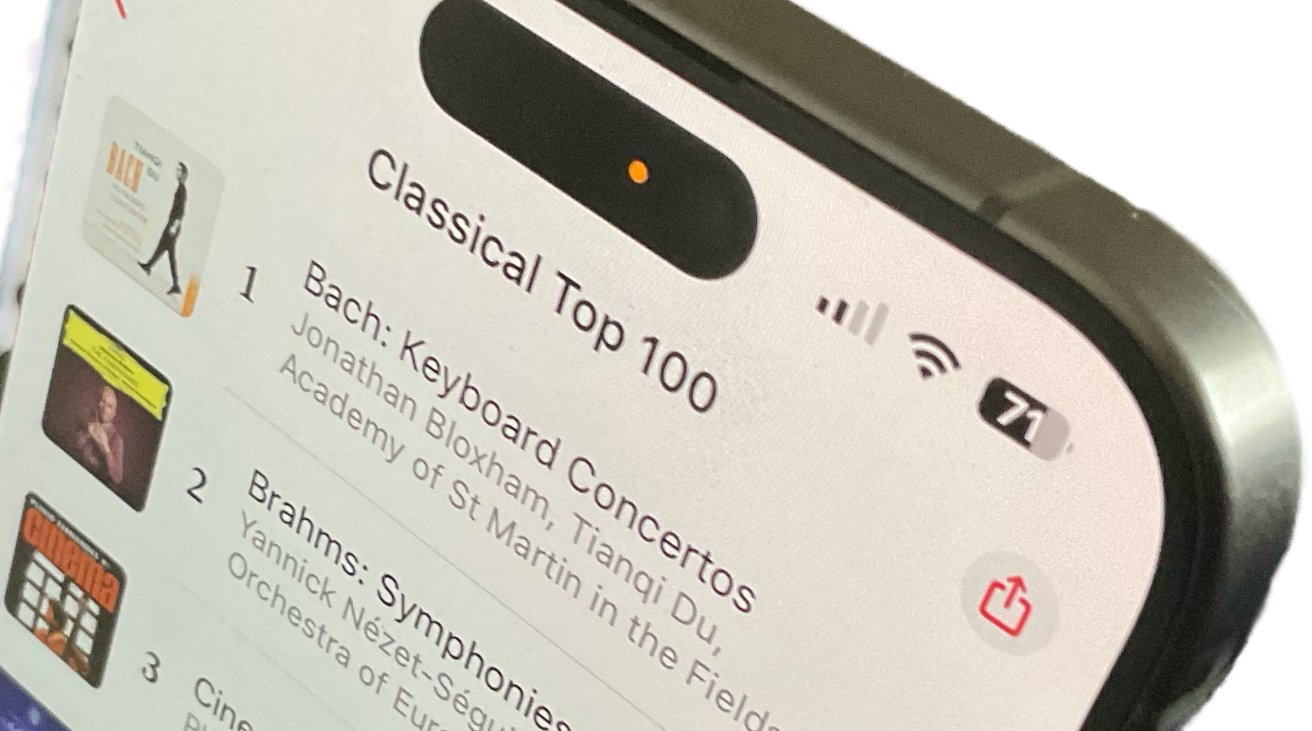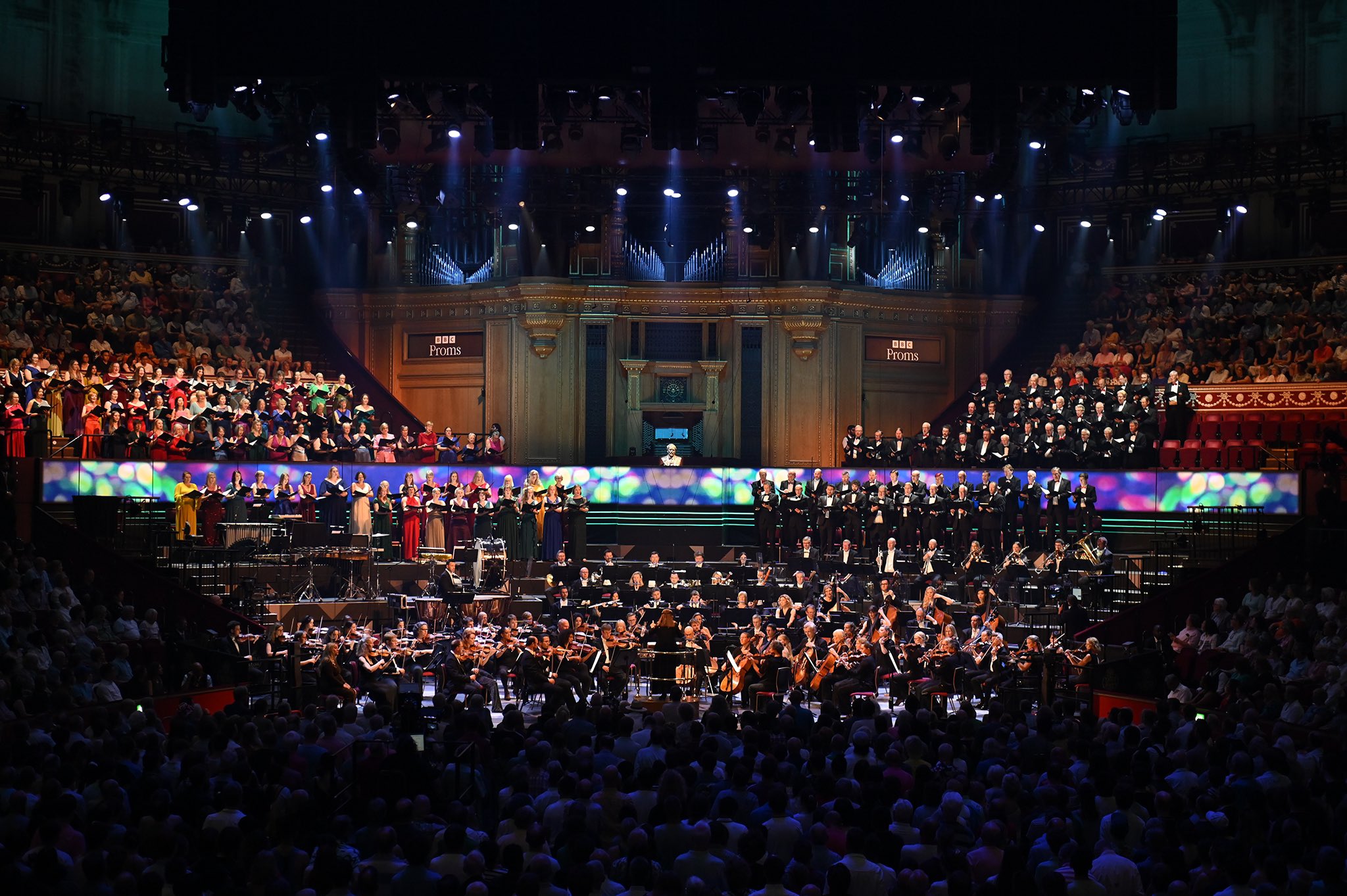The first of today’s excursions takes me to the Royal Academy Symphony Orchestra to see their symphony orchestra play music by Verdi, Wagner and Strauss. Avuncular Sir Mark Elder conducts.
It’s a demanding programme right from the start. High whispering strings open the Verdi’s Prelude to Aida – a punishing way to begin a concert, particularly when unlike an operatic performance, the players are clearly visible on stage. And to make matters even worse, there is someone like me three rows from the front keeping a beady eye on proceedings.
Proximity to the stage makes the listening experience all the more intense and immediate. And despite the size of the orchestra all seemingly crammed onto stage, when the strings in particular get to a loud sequence then the richness of their sound is made clear. The Dukes Hall is surprisingly accommodating, meaning really tumultuous sections aren’t ear-splitting. Rather, the responsiveness of the acoustic helps emphasise the considerable dynamic range these young players can yield.
Wagner’s Prelude and Liebestod from Tristan und Isolde does not linger too much. Short expressive phrases open up and contract in intensity swiftly and promptly. There is an easy to and fro between first and second violins – splitting up the sections helps surface the emotional interaction in the music and lifts what I’ve previously heard as music that solely depends on intensity. In this reading of the Liebestod (from the end of Wagner’s Tristan und Isolde) there felt like constant motion as though we heading in exorably towards a conclusion, a reflection of how collectively the string players understood exactly what they were playing. Looks and smiles exchanged between players serve to reinforce this.
There was an unexpected uneasiness at the beginning of Strauss’ Tod und Verklärung as though not everyone was feeling as at ease with the opening of the work. But then, the opening of Strauss’ 1888 tone poem is also very demanding, taking no prisoners and demanding spot on articulation and ensemble playing from the wind and brass in particular. Things had definitely settled in by the time the violin solo from Leader Izzy Howard (one of two Symphony Orchestra players who are participating in the London Symphony Orchestra Strings Experience cohort 2022/23).
At full throttle the strings produced a formidable sound with a Herculean effort. The string sequence (illustrated in this recording at 11’26”) was s-p-e-c-t-a-c-u-l-a-r like a sudden electrical charge. The concluding chords showed wind and brass section at some of their finest in the performance, the concluding chords were exquisitely placed across the band.
I was particularly impressed with the consistency of playing in the first violins throughout. Sometimes its easy to distinguish the stronger players in the section by comparing the amount of bow used from one player to another. Here there was little different from the front or back. Warm applause too to the second violins who had their moment in the sun sat across from the firsts, playing with evident expression throughout – an engaging watch.



